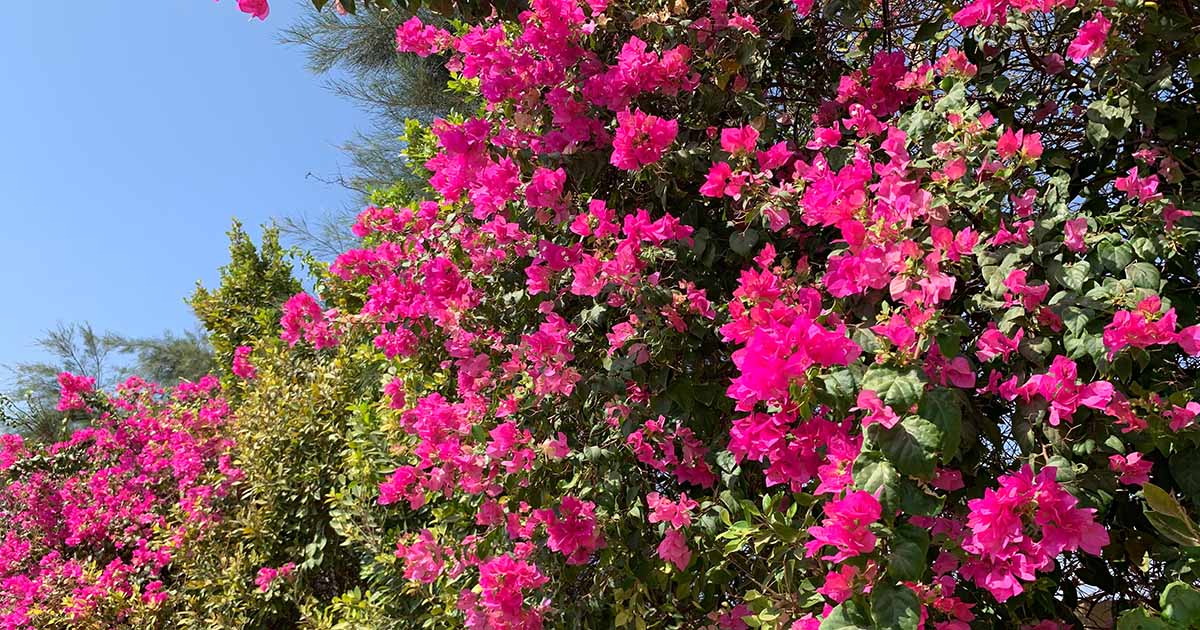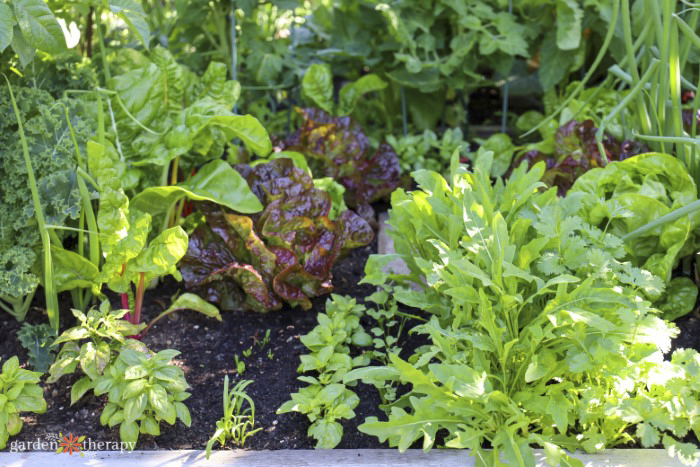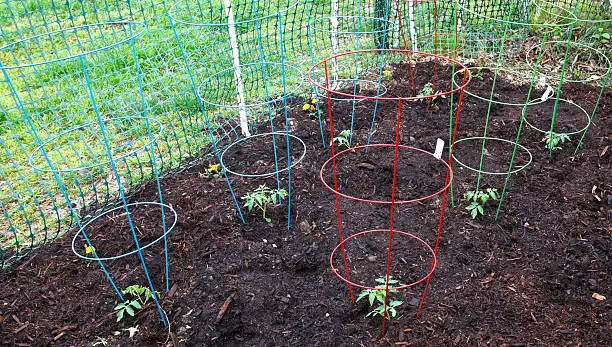Automatic Plant Watering System: What You Need to Know
Watering is a fundamental need for plants. However, with the hustle and bustle of modern life, it’s not always easy to keep up with the demands of your indoor or outdoor plants.
This is where an automatic plant watering system steps in, ensuring your green friends get the water they need, when they need it. In this guide, we’ll explore the ins and outs of these systems, their benefits, and how to choose the right one for your needs.
Why Consider an Automatic Plant Watering System?
Consistency
Plants thrive on consistency. An automatic watering system ensures your plants receive water at regular intervals, promoting steady growth.
Convenience
Going on a vacation? With an automatic system, you can ensure your plants get watered even when you’re away.
Efficiency
These systems are designed to distribute water evenly, ensuring no plant goes thirsty while others are overwatered.
Types of Automatic Plant Watering Systems
Drip Irrigation Systems
Ideal for gardens and larger plant arrangements. A network of tubes and nozzles drip water directly to the base of each plant, minimizing evaporation and wastage.
Soaker Hoses
These are porous hoses that allow water to seep out slowly, saturating the soil around plants. Perfect for garden beds and rows of plants.
Self-Watering Planters
Suitable for indoor use, these planters have a reservoir of water at the bottom. The soil draws up water through capillary action, ensuring the plant roots have access to water as and when required.
Water Globe Systems
These are globes or spikes filled with water, which release water slowly as the soil dries out. Ideal for potted plants both indoors and out.
How to Choose the Best System for Your Needs
Evaluate Your Plant Type
Different plants have varied water requirements. Succulents, for instance, need less frequent watering compared to tropical plants.
Consider the Size of the Area
For large gardens, drip irrigation or soaker hoses might be ideal. For a few indoor plants, self-watering planters or water globes will do the trick.
Budget
While most watering systems are affordable, costs can add up, especially for extensive setups. Set a budget and choose a system that offers the best value for your money.
Maintenance
Some systems, like drip irrigation, might require periodic checking for clogs or leaks. Choose a system that you’re comfortable maintaining.
Installation Tips
Follow Instructions
Most systems come with detailed installation guides. Always follow the manufacturer’s recommendations.
Check Water Flow
Before finalizing the setup, run the system to check for proper water flow and ensure there are no leaks.
Positioning
Make sure the system adequately covers all plants, adjusting nozzles or hoses as necessary.
Benefits of Automatic Plant Watering Systems
Water Conservation
With precise watering, you save water by avoiding over-watering or under-watering.
Time-Saving
Once set up, the system takes care of watering, freeing up your time for other tasks.
Improved Plant Health
With consistent and adequate watering, your plants are less likely to face stress, leading to better growth and fewer diseases.
Common Mistakes to Avoid
Over-reliance on the System
While automatic plant watering systems are incredibly efficient, it’s essential not to become too complacent. Regularly inspect your plants and the system to ensure everything is in working order.
Improper Setup
Not setting up the system correctly can lead to uneven watering. Always make sure to distribute the water sources effectively so that every plant receives adequate hydration.
Ignoring Seasonal Changes
The watering needs of plants can vary with seasons. For instance, during the rainy season or winter, your plants may require less water. Adjust your system accordingly to prevent overwatering.
Eco-friendly Tips
If you’re environmentally conscious (as we all should be!), here are some tips to make your automatic plant watering system even more eco-friendly:
Use Rainwater
Set up rain barrels to collect rainwater and use this to refill your system. It’s not only environmentally friendly but also beneficial for plants as rainwater is free from chemicals often found in tap water.
Mulch Around Plants
Mulching helps retain soil moisture, reducing the frequency of watering required. It also provides added nutrients to the soil as it decomposes.
Periodic Maintenance
Regularly check for leaks or malfunctions in your system. Even a small leak can waste a lot of water over time.
Final Thoughts
Automatic watering systems have revolutionized the way we care for both indoor and outdoor plants. From the intricate drip irrigation systems perfect for vast gardens to the simpler indoor plant watering systems like plant-watering globes and watering spikes, there’s a tailored solution for every plant enthusiast. These systems, including drip watering systems, not only ensure a consistent watering schedule but also offer the peace of mind that your greenery receives the precise amount of hydration, whether you’re home or away.
The quest for the best automatic watering system might lead one to various options, from a simple plant-watering globe to the more advanced self-watering system with an integrated water pump. Automatic plant waterers are designed with the plant’s best interest at heart, ensuring optimal moisture levels for everything from delicate potted plants to robust hanging baskets. The inclusion of plant-watering spikes in some setups further showcases the flexibility and diversity of these systems.
The harmony between technology and nature is beautifully showcased in the realm of plant care with these automated solutions. Whether you’re a novice seeking a basic self-watering system for your first potted plant or a seasoned gardener looking to optimize a vast green space, there’s an automatic watering solution tailored for your needs. Embrace these innovations, and watch your plants flourish like never before.






